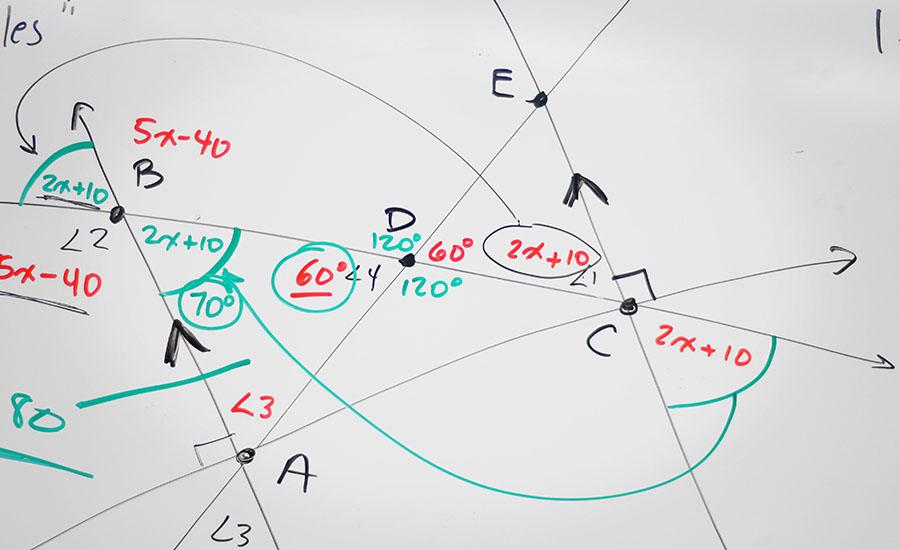
Students will learn about animals that are native to their area and design and engineer their own animal bridge to help a specific animal species of their choosing to cross the road safely. There is

Students will learn about animals that are native to their area and design and engineer their own animal bridge to help a specific animal species of their choosing to cross the road safely. There is

In this lesson, students will be introduced to 3D printing. Students will be put into groups and challenged to engineer a structure using a 3D pen. Whichever structure is both the tallest and

In this lesson, students will construct an argument supported by evidence for how plants and animals (including humans) can change the environment to meet their needs. There is a story integration

The Challenge: Design and build a piece of furniture out of cardboard! In this engaging and creative lesson, students embark on a design challenge with criteria and constraints. Students develop an

Could Iron Man actually survive a superhero landing? In this lesson, students follow the engineering design process to create a "suit" for an egg to protect it from being dropped on the ground. They

In this lesson, students will be introduced to the phenomenon of paper/air pressure rocketry. Students will make a memorable and hands-on connection with the transfer of energy when they create and

This is a lesson on measurement and problem solving! The king needs to find a birthday present for the queen, but what do you get for someone who has everything? He decides to build her a bed (before

In this hands-on lesson, students identify Newton’s Laws of Motion, analyze the difference between force and motion, compare balloon car designs with group mates and demonstrate how to design and test

In this hands-on lesson, students collaborate with partners to create a game in which they practice their multiplication and division facts. This is an engaging way for students to develop fact